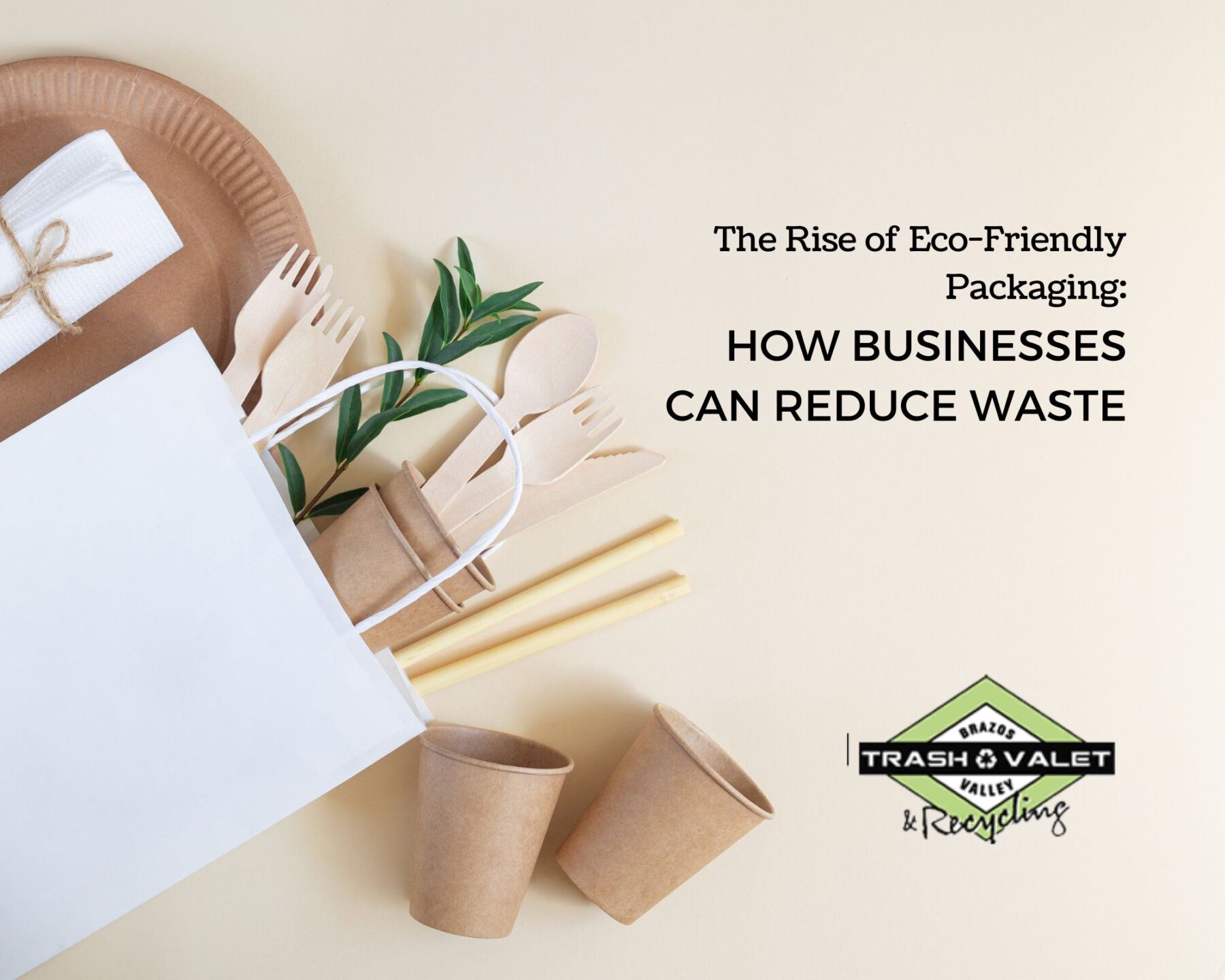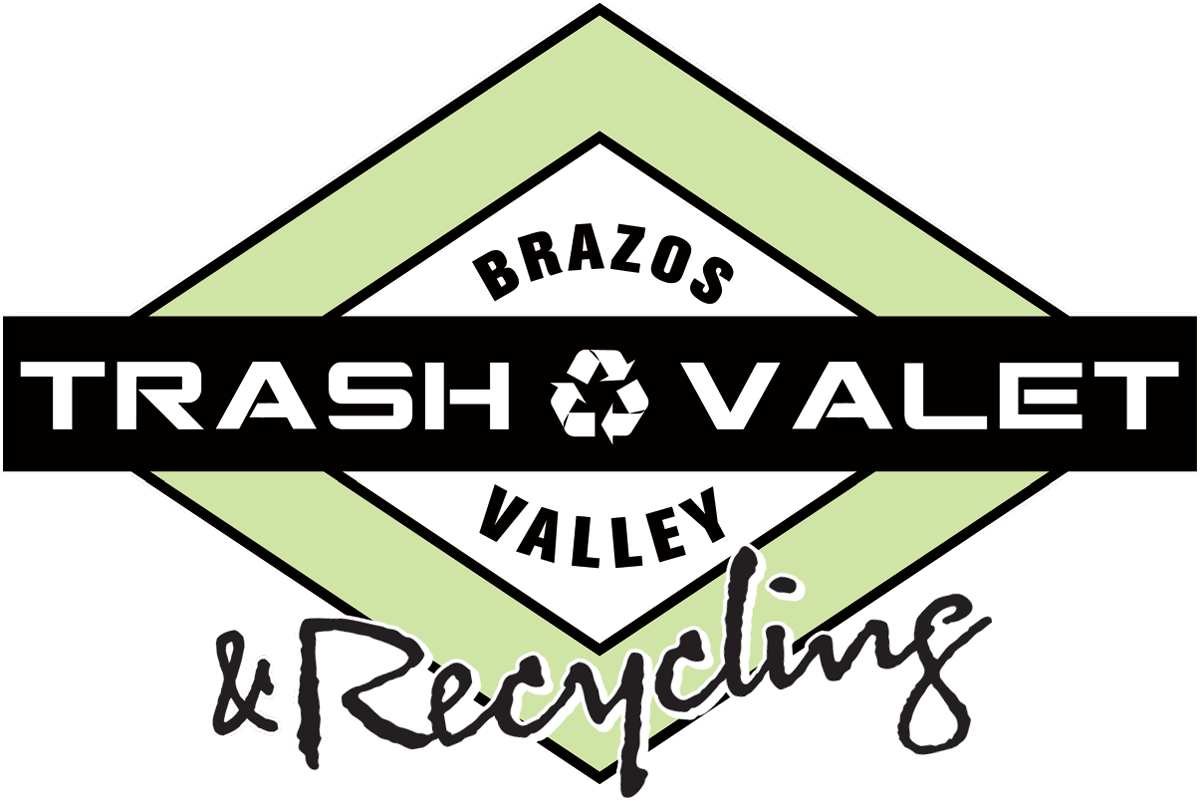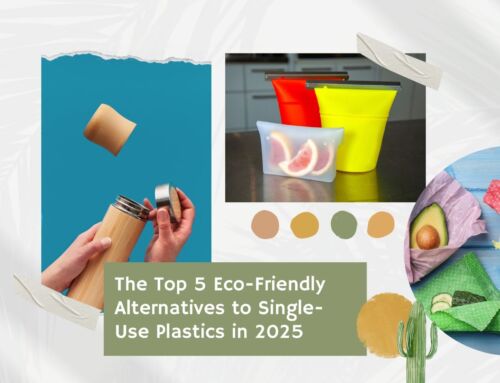The Rise of Eco-Friendly Packaging: How Businesses Can Reduce Waste
In recent years, there has been a growing awareness of the environmental impact of packaging waste. As consumers become more eco-conscious, businesses are under increasing pressure to adopt sustainable practices, particularly in their packaging choices. This shift towards eco-friendly packaging not only benefits the environment but also presents an opportunity for businesses to align with consumer values and reduce costs in the long run.

The Problem with Traditional Packaging:
Traditional packaging, often made from non-biodegradable materials like plastic and polystyrene, poses significant environmental challenges. These materials contribute to pollution, harm wildlife, and take centuries to decompose in landfills. Moreover, the production and disposal of traditional packaging contributes to greenhouse gas emissions, exacerbating climate change.
The Benefits of Eco-Friendly Packaging:
Eco-friendly packaging offers a sustainable alternative to traditional materials. By using biodegradable, compostable, or recyclable materials such as paper, cardboard, and plant-based plastics, businesses can minimize their environmental footprint. Additionally, eco-friendly packaging is often lighter in weight, reducing transportation costs and emissions.
Consumer Demand for Sustainable Packaging:
Consumers are increasingly prioritizing sustainability when making purchasing decisions. Surveys have shown that a significant percentage of consumers are willing to pay more for products packaged in environmentally friendly materials. By adopting eco-friendly packaging, businesses can attract environmentally conscious consumers, enhance brand reputation, and gain a competitive edge in the market.
How Businesses Can Reduce Waste:
- Choose Sustainable Materials: Opt for packaging materials that are recyclable, compostable, or biodegradable. Consider alternatives such as recycled paper, cardboard, glass, or plant-based plastics.
- Minimize Packaging: Streamline packaging designs to reduce the amount of material used. Avoid over-packaging and opt for minimalist designs whenever possible.
- Embrace Reusable Packaging: Explore reusable packaging options that encourage customers to return or refill containers. This not only reduces waste but also fosters customer loyalty.
- Educate Consumers: Provide clear labeling and information to educate consumers about the recyclability or compostability of packaging materials. Encourage proper disposal and recycling practices.
- Collaborate with Suppliers: Work closely with suppliers to source sustainable packaging materials and explore innovative solutions. Collaborative efforts can drive positive change across the supply chain.
In conclusion, the rise of eco-friendly packaging reflects a growing awareness of the need to reduce waste and mitigate environmental impact. Businesses have a crucial role to play in adopting sustainable packaging practices to meet consumer demands and contribute to a healthier planet. By embracing eco-friendly packaging solutions, businesses can demonstrate their commitment to sustainability, enhance brand reputation, and drive positive change in the industry.
Share This Story, Choose Your Platform!
The Rise of Eco-Friendly Packaging: How Businesses Can Reduce Waste
In recent years, there has been a growing awareness of the environmental impact of packaging waste. As consumers become more eco-conscious, businesses are under increasing pressure to adopt sustainable practices, particularly in their packaging choices. This shift towards eco-friendly packaging not only benefits the environment but also presents an opportunity for businesses to align with consumer values and reduce costs in the long run.

The Problem with Traditional Packaging:
Traditional packaging, often made from non-biodegradable materials like plastic and polystyrene, poses significant environmental challenges. These materials contribute to pollution, harm wildlife, and take centuries to decompose in landfills. Moreover, the production and disposal of traditional packaging contributes to greenhouse gas emissions, exacerbating climate change.
The Benefits of Eco-Friendly Packaging:
Eco-friendly packaging offers a sustainable alternative to traditional materials. By using biodegradable, compostable, or recyclable materials such as paper, cardboard, and plant-based plastics, businesses can minimize their environmental footprint. Additionally, eco-friendly packaging is often lighter in weight, reducing transportation costs and emissions.
Consumer Demand for Sustainable Packaging:
Consumers are increasingly prioritizing sustainability when making purchasing decisions. Surveys have shown that a significant percentage of consumers are willing to pay more for products packaged in environmentally friendly materials. By adopting eco-friendly packaging, businesses can attract environmentally conscious consumers, enhance brand reputation, and gain a competitive edge in the market.
How Businesses Can Reduce Waste:
- Choose Sustainable Materials: Opt for packaging materials that are recyclable, compostable, or biodegradable. Consider alternatives such as recycled paper, cardboard, glass, or plant-based plastics.
- Minimize Packaging: Streamline packaging designs to reduce the amount of material used. Avoid over-packaging and opt for minimalist designs whenever possible.
- Embrace Reusable Packaging: Explore reusable packaging options that encourage customers to return or refill containers. This not only reduces waste but also fosters customer loyalty.
- Educate Consumers: Provide clear labeling and information to educate consumers about the recyclability or compostability of packaging materials. Encourage proper disposal and recycling practices.
- Collaborate with Suppliers: Work closely with suppliers to source sustainable packaging materials and explore innovative solutions. Collaborative efforts can drive positive change across the supply chain.
In conclusion, the rise of eco-friendly packaging reflects a growing awareness of the need to reduce waste and mitigate environmental impact. Businesses have a crucial role to play in adopting sustainable packaging practices to meet consumer demands and contribute to a healthier planet. By embracing eco-friendly packaging solutions, businesses can demonstrate their commitment to sustainability, enhance brand reputation, and drive positive change in the industry.




